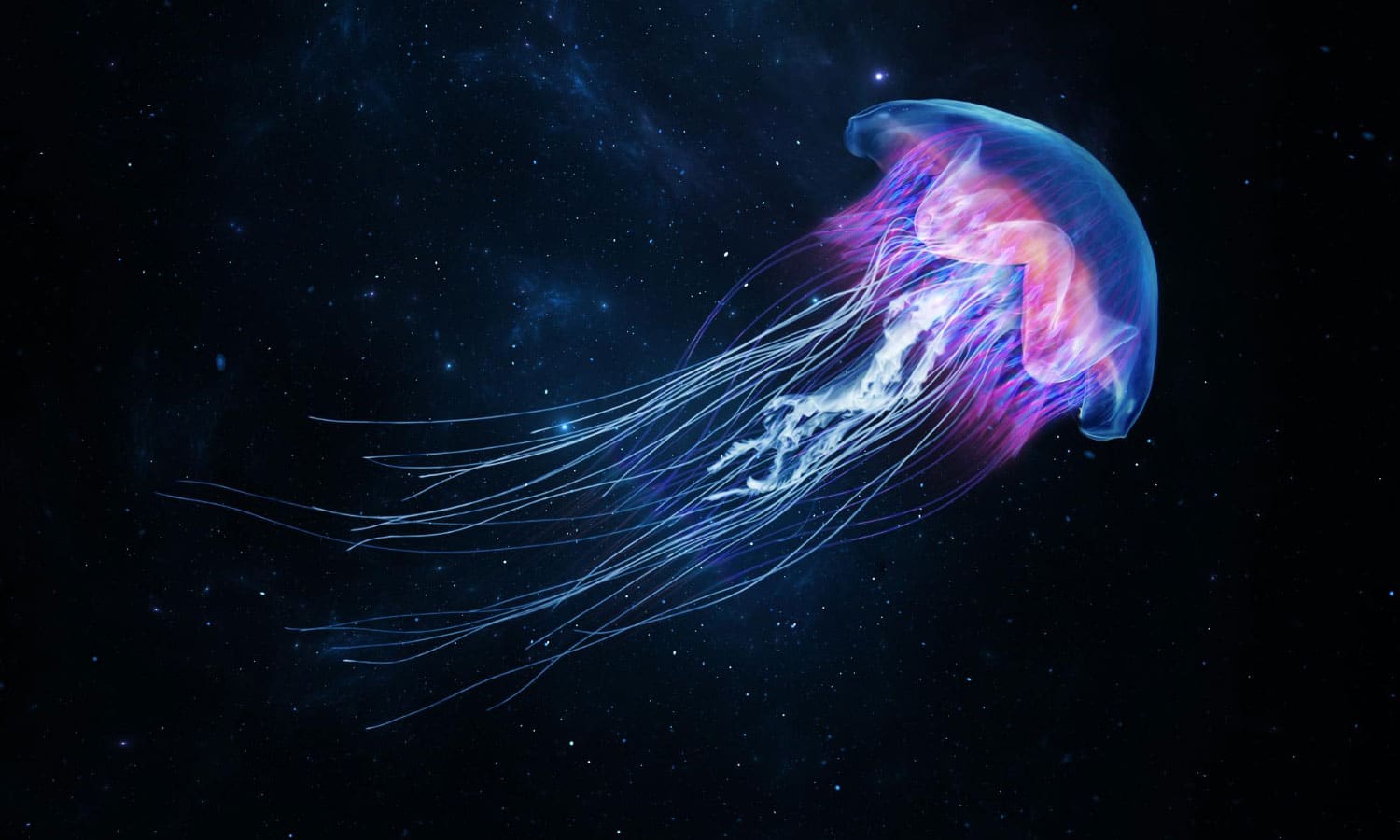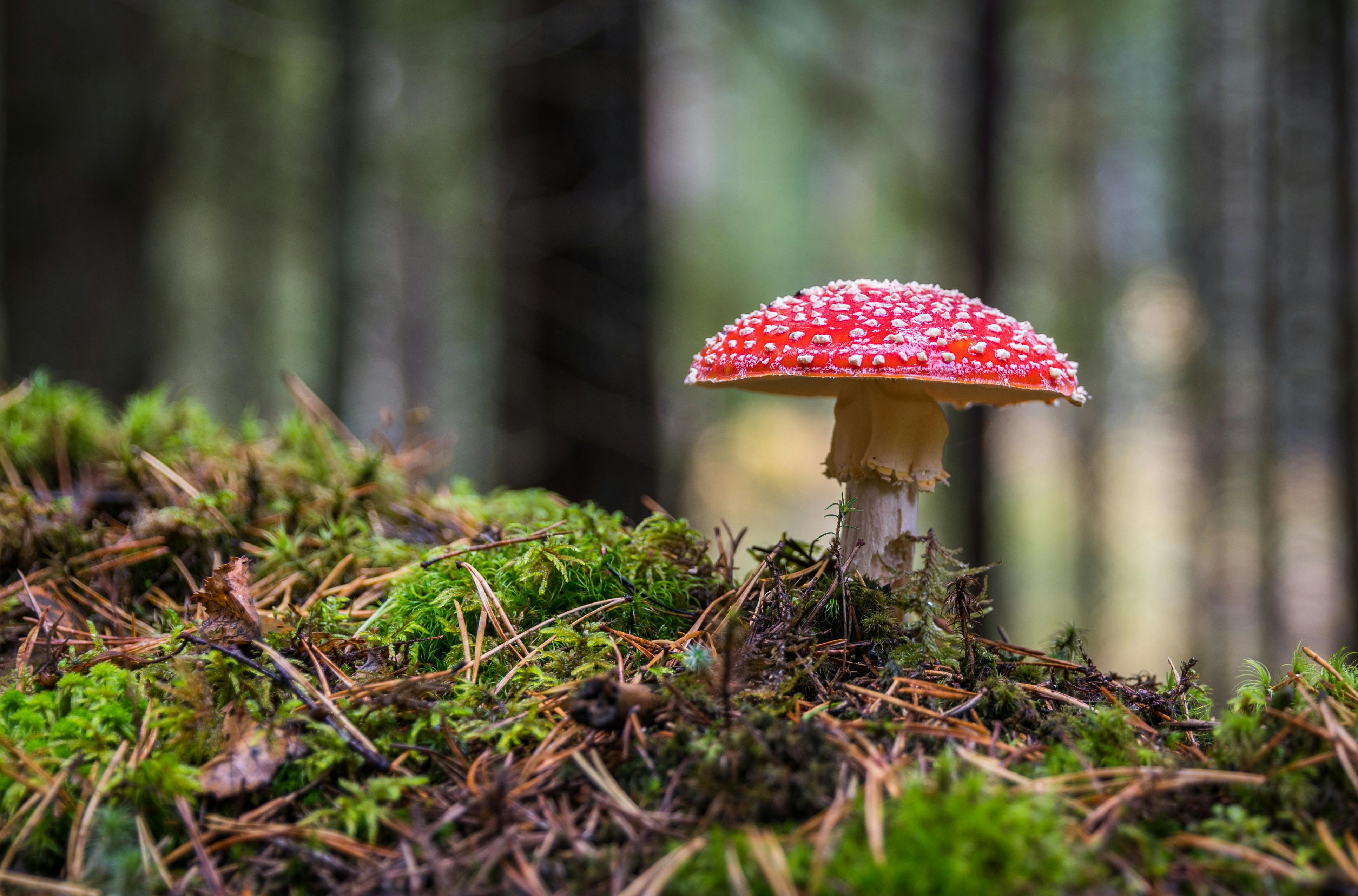
Breaking Down The Great Gatsby: Glitz, Glam, and the American Dream
Whether you were assigned The Great Gatsby in school or picked it up out of curiosity, there’s a reason this 1925 classic by F. Scott Fitzgerald still dazzles readers a century later. It’s a story of wealth, love, lies, and longing—all set against the backdrop of the roaring 1920s.
Let’s break it down into simple, relatable terms so you can actually enjoy the read (and maybe ace that quiz too 😉).
🎭 Who’s Who in West and East Egg?
Before diving into the drama, let’s meet the main characters:
- Jay Gatsby: The mysterious millionaire next door. He throws wild parties, wears pink suits, and has a secret heartbreak.
- Nick Carraway: Our narrator. Honest, observant, and a little naive. He’s Gatsby’s neighbor and cousin to Daisy.
- Daisy Buchanan: Beautiful and charming, but emotionally distant. Gatsby is obsessed with her.
- Tom Buchanan: Daisy’s rich, arrogant husband. Not exactly a role model.
- Jordan Baker: Daisy’s friend, a golfer, and Nick’s love interest (sort of).
💰 What’s It Really About?
On the surface, The Great Gatsby is about love and parties. But dig a little deeper, and you’ll find it’s a story about the American Dream—and how it can be shallow, broken, or completely fake.
Gatsby, born poor, reinvented himself to become rich, hoping to win back Daisy. But in chasing wealth and status, he loses sight of reality. The novel shows how money can buy flashy things—but not real happiness or integrity.
✨ Themes to Watch For
Here are a few big ideas that come up again and again:
- The Illusion of the American Dream: Gatsby “makes it” but never truly fits in. Money can’t erase his past—or give him the future he wants.
- Old Money vs. New Money: Tom and Daisy are “old money” (inherited wealth). Gatsby is “new money” (earned it himself, questionably). The clash between them is subtle but powerful.
- Appearance vs. Reality: Gatsby’s life looks perfect from the outside, but it’s full of lies and longing.
- The Green Light: At the end of Daisy’s dock, it represents hope, dreams, and everything Gatsby wants but can’t have.
🎉 The Party Scene (That Isn’t Just a Party)
Those legendary Gatsby parties? They’re not just glitz and glam. They’re a symbol of how people chase pleasure to fill emotional voids. Guests don’t even know Gatsby, and nobody really cares when things fall apart.
Behind the laughter and champagne, there’s loneliness, dishonesty, and tragedy waiting to unfold.
💔 That Ending Though…
We won’t spoil everything—but let’s just say it doesn’t end with a happily-ever-after. Gatsby’s dream crumbles, Daisy retreats into her bubble of wealth, and Nick is left disillusioned. The final lines of the novel? Iconic.
“So we beat on, boats against the current, borne back ceaselessly into the past.”
Translation? We keep chasing dreams, even when the past holds us back.
📚 Why It Still Matters Today
Even though it’s set in the 1920s, The Great Gatsby feels very now. It talks about fake personas, chasing fame and wealth, social divides, and the emptiness that can come with all that glimmer. Sound familiar?
Whether it’s influencers, social climbers, or chasing “likes,” the story reminds us that what’s real is often invisible—and what looks perfect might not be.
🌟 Final Thoughts
The Great Gatsby isn’t just a dusty old book—it’s a mirror. It reflects our dreams, desires, and the cost of chasing the wrong things. Read it not just for school, but to ask yourself:
What am I chasing—and is it really worth it?




